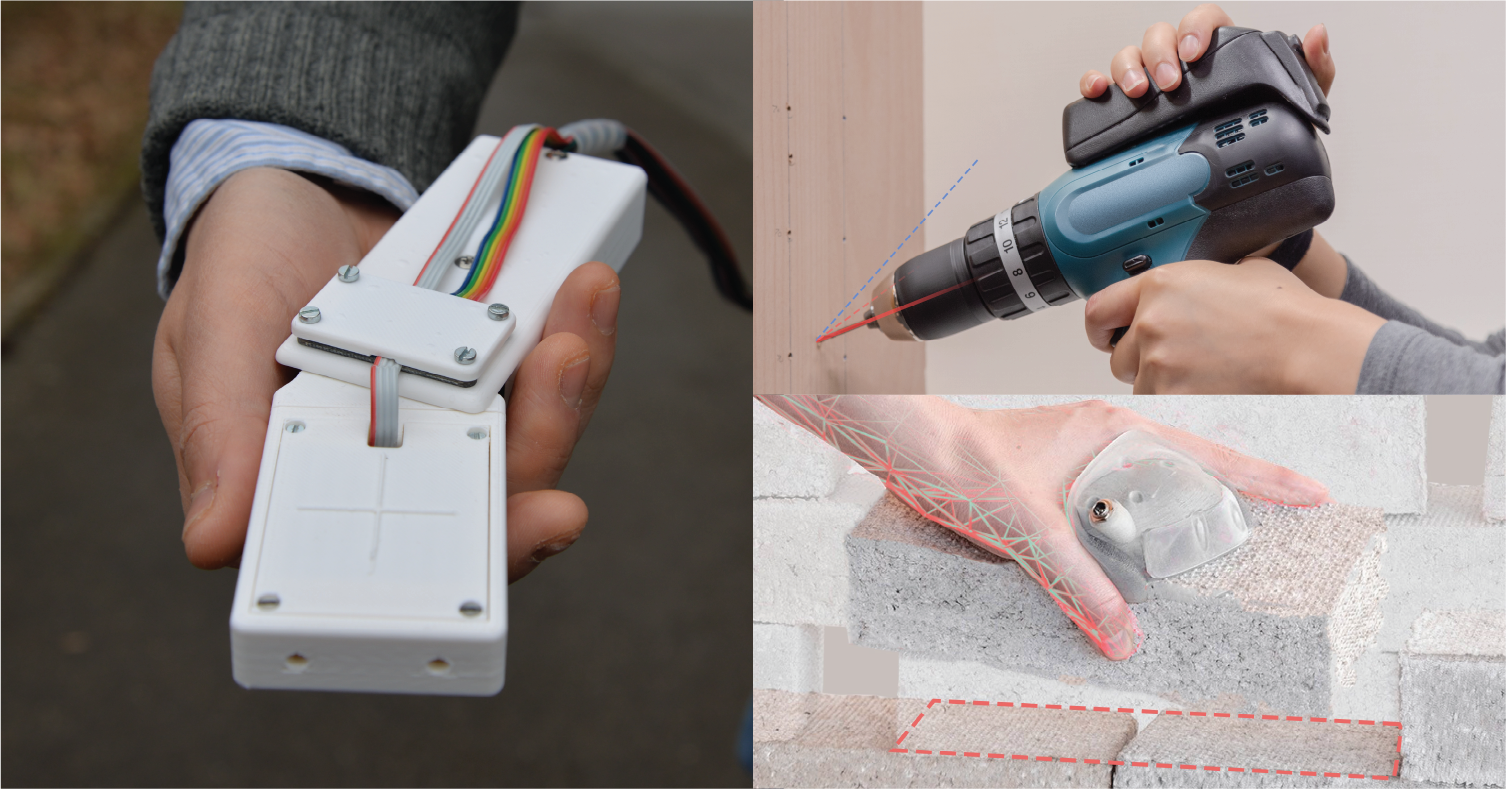Adaptive Locomotion of Soft Microrobots
Networked Control and Communication
Controller Learning using Bayesian Optimization
Event-based Wireless Control of Cyber-physical Systems
Model-based Reinforcement Learning for PID Control
Learning Probabilistic Dynamics Models
Gaussian Filtering as Variational Inference
Shape-Changing Haptic Interfaces

Haptic devices are a promising alternative to devices with visual feedback, which demands one's gaze and is inaccessible to vision-impaired people, and audio feedback, which can mask or be masked by environmental sounds and is inaccessible to hearing-impaired people. Shape-changing devices are a subset of haptic interfaces that provide tangible feedback by physically transforming their shape; this transformation can easily be perceived by the body part contacting the device.
We are exploring how such devices can be used to guide human motion, such as rotation and translation. Shape-changing feedback can be particularly intuitive for this task because the device itself can rotate and translate to different poses in the hand of the user. We created three shape-changing devices that assist people with real-world tasks: the S-BAN (Shape-Based-Assistance for Navigation) provides navigation guidance, and Drangle and Brangle guide users in construction tasks.
The S-BAN is a handheld haptic device that can pivot left/right and extend/retract its body [], opening up possibilities and questions around spatial data representation through touch. To date, we have tested the feedback of the S-BAN via perceptual studies and embodied navigation tasks in virtual reality, where user performance with the S-BAN was compared to other navigation modalities. Results indicated highest user sensitivity to guidance cues in the cardinal directions and equivalent navigation efficiency, slower navigation time, and a more elevated gaze when compared to vision-based guidance from a smartphone proxy.
Drangle helps a user orient a drill when drilling angled holes, and Brangle guides a user to place bricks in a curvilinear arrangement []. Both devices use graded bidirectional edge-changing cues to guide the user to the target orientation. In a user study, participants understood the shape-changing feedback and enjoyed using both devices. Users strongly preferred Drangle over a mechanical drill guide, and they found Drangle's fingertip feedback more intuitive than Brangle's palmar cues. Future work includes integrating such devices into systems that can improve construction workflows relevant to IntCDC.
This research project involves collaborations with Tiffany Cheng (University of Stuttgart), Achim Menges (University of Stuttgart), Yasaman Tahouni (University of Stuttgart), and Dylan Wood (University of Stuttgart).
Members
Publications







